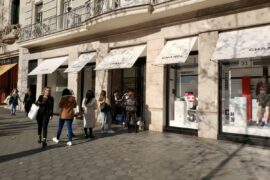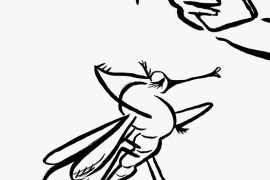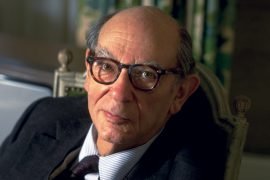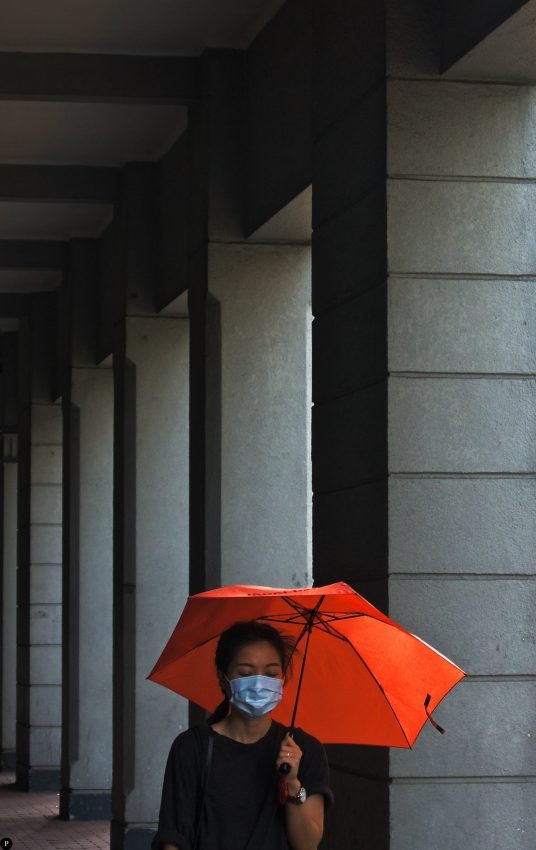[dropcap letter=”T”]
he blue flower, the manufacture of gold, the search for the grail, each of these images has its own history and all of them are a figure of the impossible, of what cannot be achieved, but which nonetheless insists on being what is draw on the horizon of desire and need. Heinrich von Ofterdingen dyes the world blue, as Perceval decides not to rest a single night in the same place until he knows about the grail, or the alchemist insists on working in the furnace so that after the nigredo, albedo and rubedo, he attends the glare of gold. All of them are chimerical companies, it will be said, although they are capable of granting what our world, orphan of mythical stories, aspires to reach: the meaning of the world and of one’s own life. Images that are symbols and become beacons of the labyrinthine roads for which no exit is glimpsed. But neither the blue flower, nor the grail, nor that “other” gold of the alchemists, which has nothing to do with vulgar gold, can ever be truly conquered -it is repeated to the readers. The search has no end, or ends with life itself, although paradoxically it is sought because it has already been found, as St. Augustine said. That feeling or intuition that far away, “that” exists, is what drives the search incessant, endless.
 Far away or inside and, therefore, very close. Since Carl Gustav Jung we know that these symbol-images are an expression of our interiority. Thanks to them, the inner kingdom acquires visibility. Beyond combats and battles, rises the grail, whose forms can be many and among them, that of the chalice, but whose material is always the same: the gold and the precious stones that provide such light that any other light pales in comparison. When in the Middle Ages it is talked about precious stones, we immediately think of colours, or rather, each precious stone is a colour and the colour is a precious stone according to a perfect identification. If we leave aside the objectual form that could be so imprecise that the medieval painters were reluctant to represent it, we find that the encounter with the grail consists of an intense light impression, a rich chromatic range and the vision of gold. We are facing an abstract image, somewhere between a Kandinsky and a Gothic table, with its gold background that Giotto replaced with blue monochromes. Sometimes the gaze is focused on gold, sometimes on colours, and on other occasions, gold tiles. We are certain that blue is not the blue of the sky and that gold is not solar yellow. Neither gold nor colours refer to any element of the outside world. The impression is very intense, and we wonder why. Perceval, like us, is marvelled at the sight of the grail. Maybe something resonates inside him.
Far away or inside and, therefore, very close. Since Carl Gustav Jung we know that these symbol-images are an expression of our interiority. Thanks to them, the inner kingdom acquires visibility. Beyond combats and battles, rises the grail, whose forms can be many and among them, that of the chalice, but whose material is always the same: the gold and the precious stones that provide such light that any other light pales in comparison. When in the Middle Ages it is talked about precious stones, we immediately think of colours, or rather, each precious stone is a colour and the colour is a precious stone according to a perfect identification. If we leave aside the objectual form that could be so imprecise that the medieval painters were reluctant to represent it, we find that the encounter with the grail consists of an intense light impression, a rich chromatic range and the vision of gold. We are facing an abstract image, somewhere between a Kandinsky and a Gothic table, with its gold background that Giotto replaced with blue monochromes. Sometimes the gaze is focused on gold, sometimes on colours, and on other occasions, gold tiles. We are certain that blue is not the blue of the sky and that gold is not solar yellow. Neither gold nor colours refer to any element of the outside world. The impression is very intense, and we wonder why. Perceval, like us, is marvelled at the sight of the grail. Maybe something resonates inside him.
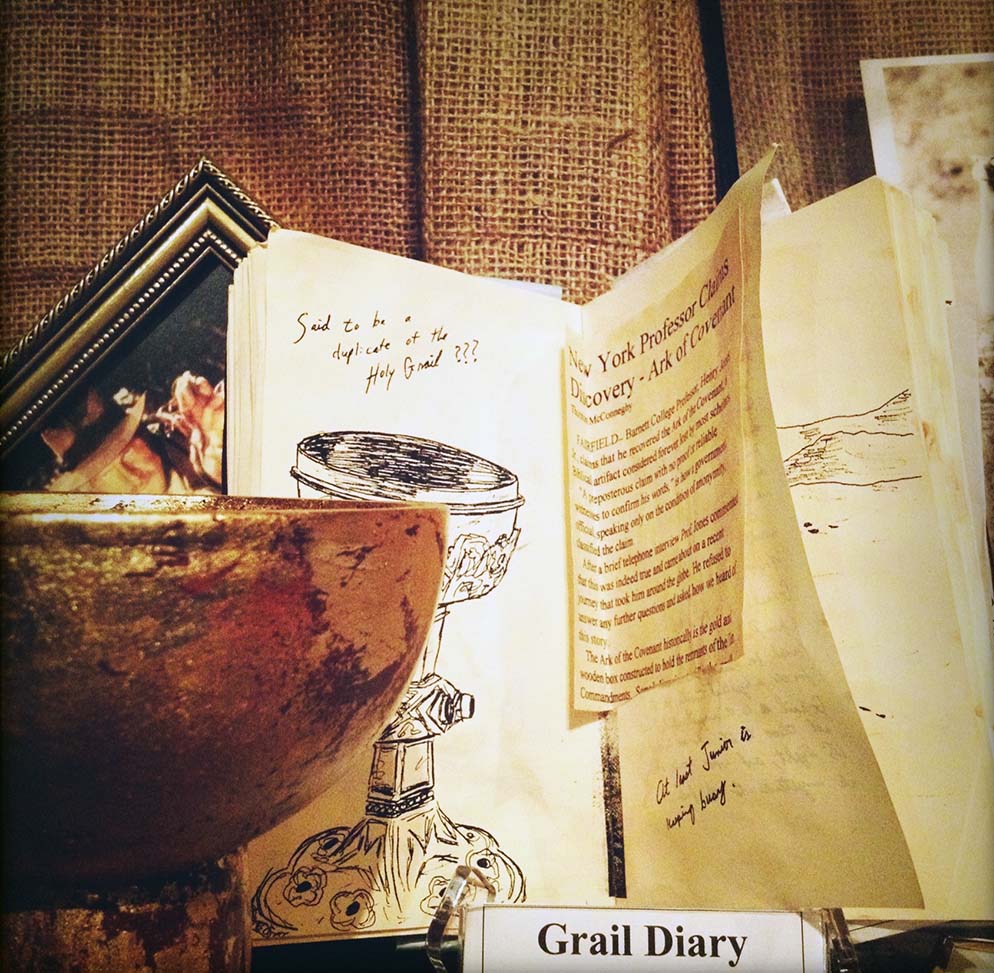
Long before St. John of the Cross, Richard of Saint Victor in the twelfth century imagined the ascent to the mountain as an accurate image to speak of self-knowledge, that inscrutable duty from the oracle of Delphi, an imperative always reactivated and that every epoch has understood in its own manner. But “knowing oneself”, within a given orientation, always involves knowing not only the subject who expresses himself with a pronoun in the first person, but also a much higher, broader identity that Jungian psychology identified with the unconscious. In the medieval mysticism and also in the Renaissance of a Saint John of the Cross, the image of the ascent to the mountain was understood as the progressive process of annihilation of the self, so that God could appear at the top. Ricardo warns that the effort to reach the top is very intense but that much more tough is to remain on it. San Juan warned that “even at the top, nothing”.
The ascents to the mountains, whether it is the Mont Ventoux of Provence or the Acropolis of Athens, are intuited in their inner meaning. The gold of Priam’s treasure shines with a power that shakes the soul. We are in the castle of the grail and we see, like Perceval, the procession that disappears in the next room. Above all we see the gold of the grail that passes in front. But it is fleeting like a cloud. It overwhelms but we do not ask. The next morning there is no one in the castle to ask. Everything has disappeared. We leave the castle. The search begins. The gold of the grail can be thought and felt as the end of the search, like the top of the mountain, where, suddenly, nothingness becomes everything. In the 12th century and in the 21st century.




